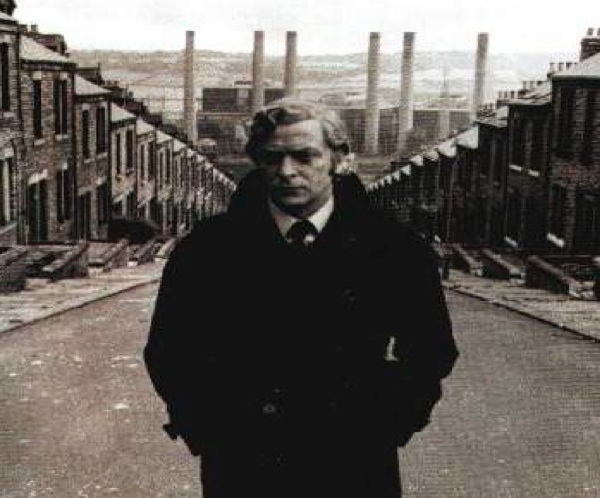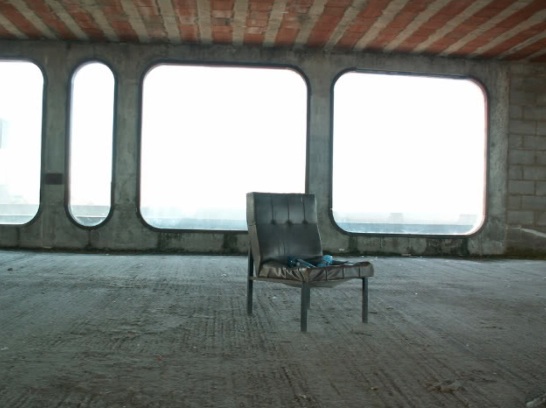This October our guest was Simon Ferdinando. In response to the proposed theme of the Archive he chose to address the idea of the body as archive. He framed the discussion within the apparently paradoxical pairing made by George Bataille in his entry for the museum in the Documents Critical Dictionary,where Bataille proposes an alarmingly lucid linkage between the Museum and the Guillotine.
Violence formed the focus of the morning’s discussion. A short piece of film from You Tube shows Batailles only televised appearance (1958) in which he discussed his book Literature and Evil. This interview sheds a lot of light on a very difficult body of work. No discussion of Bataille can avoid Documents, the journal co-founded and edited by Bataille. Despite its small circulation and brief life, Documents has become influential well beyond its roots in 1920’s Paris. Although the journal is most frequently associated with Georges Bataille, it was a remarkable collaboration that included seminal figures of the avantgarde such as Michel Leiris, Robert Desnos and Karl Einstein. Its project remains as much a belligerent challenge to the laziness of the contemporary world as it was more than eighty years ago. As the exhibition Undercover Surrealism showed, Documents still sets the bench mark for any claim on editorial heterogeneity (Hayward Gallery 2007 London).
Eli Lotar’s photographs from the former La Villete slaughterhouse in Paris (now the site of the post modern La Villete Park), the Black Birds Negro Review and contributions from Jacque Andre Boiffard were all utilized to open up some of Bataille’s ideas and positions on notions of transgression and sacrifice. A brief detour included the still astonishing Une Chien Andelou (1929) by Luis Buñuel and Salvador Dali, best known for the notorious eye slicing sequence (just in case you are unaware Buñuel did not actually slice Simone Mareuil’s eye, the stunt double was an ox’s head probably from the La Villete slaughter house).
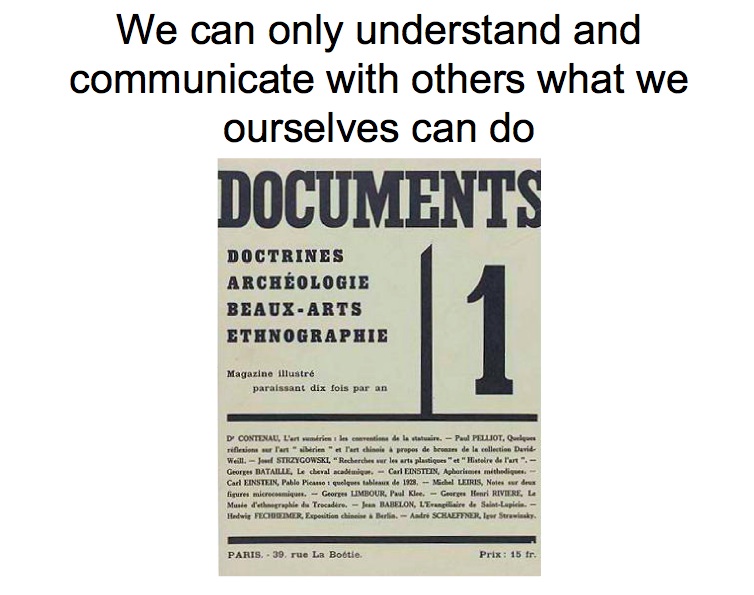
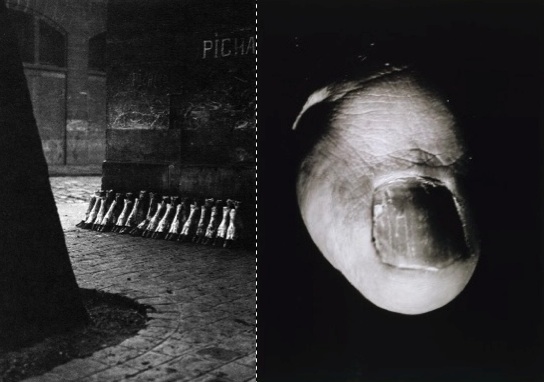
The Afternoon session shifted the scene to the Northeast of England with the work of the seminal British performance artist Stuart Brisley, which poses some distinctive questions of physicality, the archive as our own bodies and those bodies ground within bureaucratic mechanisms that continuously confuse the structure and the archive. Brisely also made a defining work for the Artist Placement Group with The Peter Lee Project. Its focus was to create an archival project aimed at mining not the landscape but the memories and knowledge of the people of the area in order to help find an anchorage in what was already a community coming adrift under the pressures of new economics. Peter Lee was intended as a fresh start for post war mining communities of the Durham coalfields, a new town standing in stark contrast to the old unsanitary Victorian architecture of the North East. The development was troubled from the start when it was found that the ground upon which the proposed high rise flats were to be built was riddled with abandoned mine shafts and tunnels (a situation that beautifully evokes Bataille’s Old Mole the ‘drudging fiend’). The focus of this stage of the Simon’s presentation was Victor Pasmor’s Apollo pavilion (though the name refers to the space program it is coherent with Nietzsche’s dichotomy), an architectural sculpture acting as a bridge connecting two parts of a housing estate. After its completion in the late 1960’s it rapidly became a focus for local discontent, the haunt of cider drinking teens and later smack addicts, its graffiti seemed to resonate with a Bataillian ‘formless’ aesthetic.

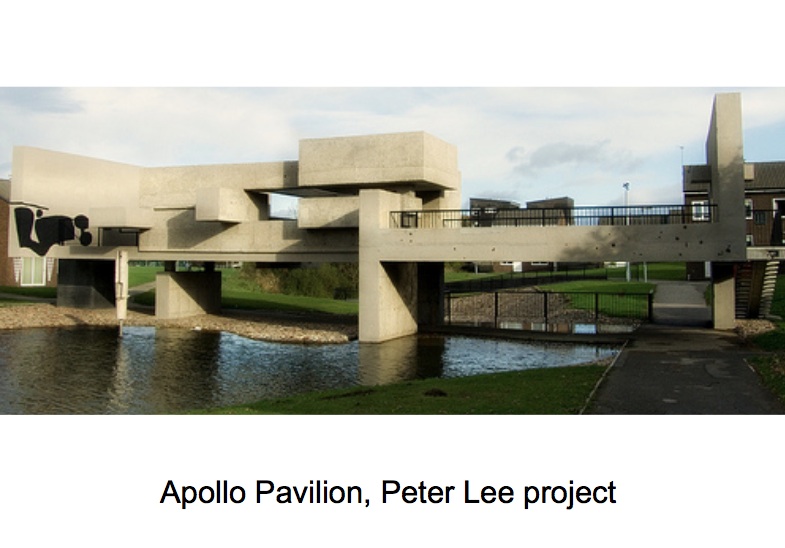
This is the same violated landscape where Michael Cain stars in the 1971 version of Get Carter where Carter exacts his brutally sadistic revenge on one of his brothers killers. The final scene of the film ends with Carter/Cain’s assassination, his head moving gently, rocked by the slight waves of coal blackened water, all of which bears uncanny resemblance to the recurrent motief of Stuart Brisley’s Arbeit Macht Frei (1973). In what is probably Brisley’s best known and one of his most powerful works the opening sequence as an extraordinarily visceral and prolonged session of vomiting followed by Beckett-like views of Brisley’s head repeatedly rising and falling below murky water. In both the film and Brisley’s documentation there is a remarkable analogue, intense gaze trying to explore the extraordinary in the most quotidian way that eloquently recalls Batailles: Apollonian order from on high confronted by darker tragic currents that seem to well up out of the earth itself.
